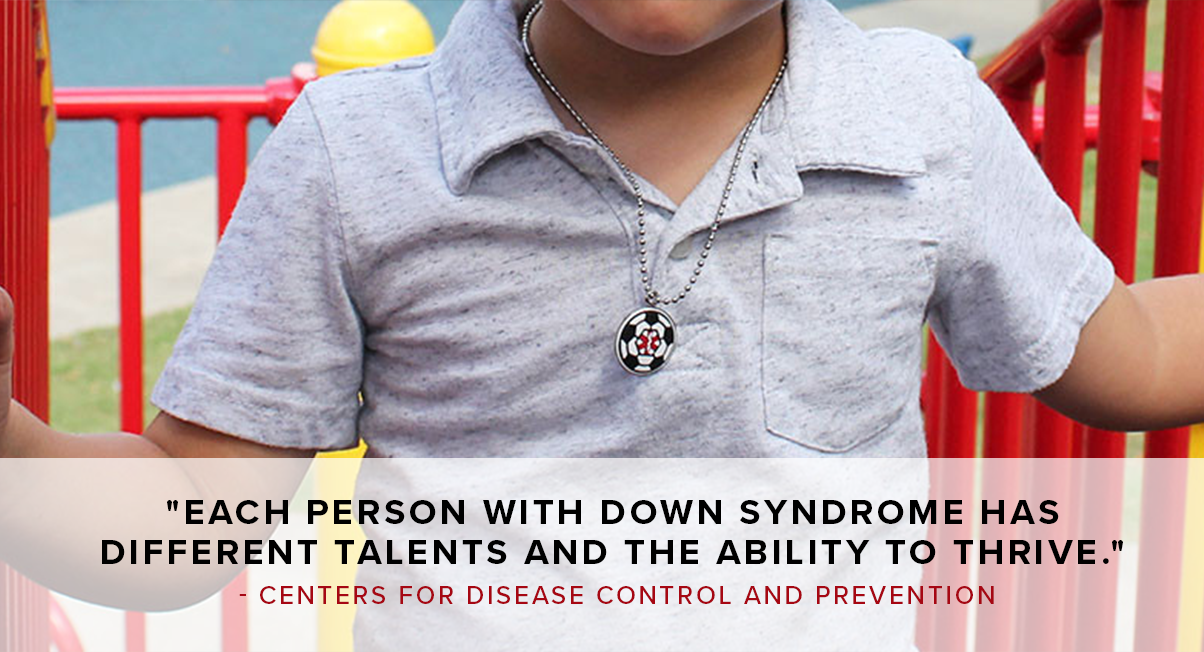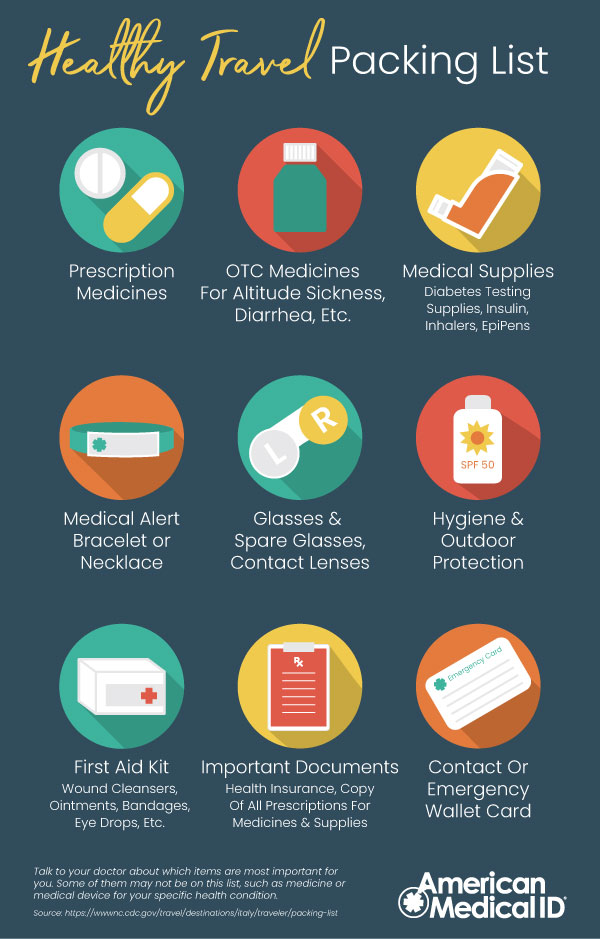There are several existing bleeding disorders that can interfere with the body’s blood clotting ability. In this article, we’ll include a common bleeding disorders list detailing these 13 conditions and how they are similar and different.
What are bleeding disorders?
The term bleeding disorders refers to a group of conditions defined by issues with the body’s blood clotting process. These disorders often involve prolonged, heavy bleeding after an injury, or frequent or sporadic bleeding that begins on its own.
Types of bleeding disorders classification
While there are several types of bleeding disorders, most also fall into different classifications, such as:
Platelet function disorders
These include:
- Acquired platelet function defects
- Congenital platelet function defects
- Idiopathic thrombocytopenic purpura (ITP)
- Disseminated intravascular coagulation (DIC)
Rare bleeding disorders
These include:
- Prothrombin deficiency
- Factor V deficiency
- Factor VII deficiency
- Factor X deficiency
- Factor XI deficiency (hemophilia C)
- Glanzmann disease
Genetic bleeding disorders
These include:
- Hemophilia A
- Hemophilia B
- Von Willebrand disease (types I, II, and III)
Other types of bleeding disorders
- Disseminated intravascular coagulation (DIC)
Clotting and bleeding disorders list
The following are bleeding and clotting disorders broken down with their characteristics and symptoms. Familiarizing yourself with bleeding disorder names can help someone to become familiar with their and other related conditions and be better equipped to ask questions of their doctor at their next visit.
Consult this list of bleeding disorders if you’re unsure about what you’re dealing with when working to narrow it down.
Acquired platelet function defects
This condition is one that is not present at birth and instead shows up at some point later in your life. These defects prevent platelets (i.e. clotting elements in the blood) from working as they’re supposed to.
It can be caused by other bleeding disorders, certain blood cancers, kidney failure, or even certain medications.
Symptoms of acquired platelet function defects:
- Abnormal vaginal bleeding
- Blood in the urine
- Bleeding under the skin
- Bruising easily or pinpoint red spots on the skin
- Gastrointestinal bleeding, paired with bloody, dark black, or tarry bowel movements or vomiting blood or material resembling coffee grounds
- Heavy menstrual periods or longer than usual periods
- Nosebleeds
Congenital platelet function defects
This condition also refers to issues that prevent platelets from working as they should. Unlike acquired platelet function defects, congenital ones are present from birth.
People with this disorder often have a family history of other bleeding disorders.
Symptoms of congenital platelet function defects:
- Bleeding gums
- Excessive bleeding during and after surgery
- Skin that bruises easily
- Heavy menstrual periods
- Nosebleeds
- Prolonged bleeding with small injuries
Disseminated intravascular coagulation (DIC)
DIC is a disorder in which the proteins responsible for blood clotting become overactive. It is usually caused by inflammation, infection or cancer.
This condition can be dangerous because some clots may clog the vessels and cut off blood supply to vital organs such as the brain, kidneys or liver, or they may be consumed, leading to a high risk of severe bleeding.
It can also cause healthy red blood cells to fragment and break apart as they travel through small vessels containing clots.
Symptoms of DIC:
- Bleeding from various parts of the body
- Blood clots
- Bruising
- Decreased blood pressure
- Fever
- Shortness of breath
- Confusion, memory loss or change of behavior
Factor V deficiency
This condition is a hereditary disorder that impacts the blood’s ability to clot. It’s caused by the lack of factor V, and may also be caused by an inherited defective factor V gene or an antibody that interferes with factor V function.
Symptoms of factor V deficiency:
- Excessive bleeding with menstrual periods and after childbirth
- Bleeding into the skin
- Bleeding of the gums
- Excessive bruising
- Nosebleeds
- Prolonged or severe blood loss with surgery or trauma
- Umbilical stump bleeding
Factor VII deficiency
This inherited disorder is caused by a lack of the factor VII protein in the blood, which leads to coagulation, or blood clotting, problems.
This can lead to excess bleeding. Factor VII may also be caused by other conditions, such as low vitamin K, severe liver disease, or the use of certain medications.
Symptoms of factor VII deficiency:
- Mucus membrane bleeding
- Bleeding into joints
- Bleeding into muscles
- Skin that bruises easily
- Heavy menstrual bleeding
- Nosebleeds that are difficult to stop
- Post-birth umbilical cord bleeding
Factor X deficiency
This is a hereditary bleeding disorder caused by a lack of factor X protein in the blood, which can lead to clotting issues.
It can be caused by other conditions such as vitamin K deficiency or severe liver disease, or be due to the use of certain medications.
Symptoms of factor X deficiency:
- Bleeding into the joints
- Bleeding into the muscles
- Skin that bruises easily
- Heavy menstrual bleeding
- Mucus membrane bleeding
- Nosebleeds that are difficult to stop
- Post-birth umbilical cord bleeding
Factor XI deficiency (hemophilia C)
This hereditary disorder occurs when the blood is deficient in the protein factor XI, leading to clotting issues. Like other bleeding disorders in women, it’s often not diagnosed or detected until a patient experiences heavy menstrual or postpartum bleeding.
Symptoms of factor XI deficiency:
- Heavy menstrual or postpartum bleeding
- Frequent nosebleeds
- Frequent soft tissue bleeds
- Excessive bleeding after tooth extraction or dental surgery
Glanzmann disease
This congenital disorder is a rare condition that affects the platelets. It’s caused by a deficiency in the protein normally on the platelets’ surface, which is necessary for platelets to be able to form blood clots and function properly.
Symptoms of Glanzmann disease:
- Heavy bleeding during and after surgery
- Bleeding gums
- Skin that bruises easily
- Heavy menstrual bleeding
- Nosebleeds that are difficult to stop
- Prolonged bleeding with minor injuries
Hemophilia A
This disorder is caused by a lack of factor VIII, which affects the blood’s ability to clot properly.
Most patients with this disorder are male, as males only have one X chromosome, which is where the missing factor VIII gene would be located. It is often first detected when a male infant is circumcised and excessive bleeding occurs.
Symptoms of hemophilia A:
- Bleeding into joints, accompanied by pain and swelling
- Blood in the urine or stool
- Bruising
- Gastrointestinal tract bleeding
- Urinary tract bleeding
- Nosebleeds
- Prolonged bleeding from cuts, tooth extraction and surgery
- Unexplained bleeding
Hemophilia B
Hemophilia B is an inherited bleeding disorder caused by the lack of the factor IX protein, which impacts the blood’s ability to clot properly.
Similarly to hemophilia A, this condition is more prevalent in males, as they only have one X chromosome, which is where the factor IX gene would be present. It’s also often detected when a male infant is circumcised.
Symptoms of hemophilia B:
- Bleeding into joints accompanied by pain and swelling
- Blood in the urine or stool
- Bruising
- Gastrointestinal tract bleeding
- Urinary tract bleeding
- Nosebleeds
- Prolonged bleeding from cuts, tooth extraction and surgery
- Unexplained bleeding
Idiopathic thrombocytopenic purpura (ITP)
This is a condition in which the immune system destroys platelets, which are essential for blood clotting.
People with this condition do not have enough platelets in the blood. This condition affects women more than men.
Symptoms of ITP:
- Abnormally heavy menstrual bleeding
- Bleeding into the skin, commonly around the shins, causing a skin rash that looks like small red spots
- Skin that bruises easily
- Nosebleeds
- Bleeding in the mouth
Prothrombin deficiency
This rare bleeding disorder is caused by a lack of prothrombin protein in the blood, which is essential for proper blood clotting function. It may be caused by certain conditions, such as vitamin K deficiency or severe liver disease, or the use of certain medications.
Symptoms of prothrombin deficiency:
- Abnormal post-childbirth bleeding
- Heavy menstrual bleeding
- Bleeding after surgery
- Bleeding after trauma
- Skin that bruises easily
- Nosebleeds that are difficult to stop
- Post-birth umbilical cord bleeding
Von Willebrand disease (types I, II, and III)
This is the most common hereditary bleeding disorder, caused by a lack of the von Willebrand factor, which helps blood platelets clump together to stick to the blood vessel wall, which is an essential function for normal blood clotting.
Symptoms of von Willebrand disease:
- Abnormal menstrual bleeding
- Bleeding of the gums
- Bruising
- Nosebleeds
- Skin rash
Key takeaways
As you can see, many bleeding disorders share similar symptoms. However, it’s important to not attempt to self-diagnose and see a doctor if you suspect you may have a bleeding disorder, as symptoms like severe blood loss can be life-threatening.
Your doctor can ensure you receive a proper diagnosis and treatment plan to manage your condition.

Frequently Asked Questions
What safety measures can bleeding disorder sufferers take?
People with bleeding disorders should inform all healthcare providers and immediate family members about their condition. Wearing a medical ID bracelet labeled with your condition can also be useful should you ever find yourself in a medical emergency where you’re unable to communicate your condition.
What is the most common cause of bleeding disorders?
Platelet conditions are the most common bleeding disorders, which are most often acquired and caused by other conditions or the use of certain medications.
What is the most common inherited bleeding disorder?
Von Willebrand disease is the most common inherited bleeding disorder.
What are the most common blood clotting disorders?
The most common blood clotting disorders are factor V Leiden and prothrombin deficiency.
Resources
- https://medlineplus.gov/ency/article/001304.htm#:~:text=Bleeding%20disorders%20are%20a%20group,Acquired%20platelet%20function%20defects
- https://www.ncbi.nlm.nih.gov/books/NBK541050/#:~:text=The%20three%20most%20common%20hereditary,deficiency
- https://www.hemophilia.org/bleeding-disorders-a-z/types/other-factor-deficiencies/factor-xi#:~:text=Factor%20XI%20(FXI)%20deficiency%2C,100%2C000%20in%20the%20general%20population
- https://www.hematology.org/education/patients/bleeding-disorders#:~:text=Platelet%20disorders%20are%20the%20most,usually%20acquired%20rather%20than%20inherited.







